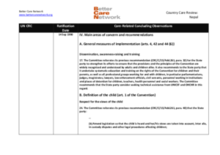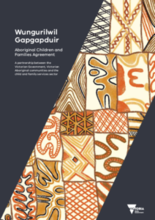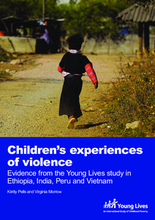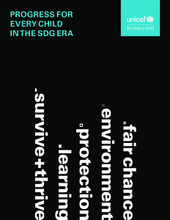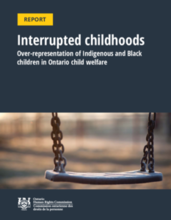Displaying 241 - 250 of 505
This country care review includes the care-related Concluding Observations adopted by the Committee on the Rights of the Child and the Committee on the Rights of Persons with Disabilities.
This article presents evidence for innovative service models from within and outside of the parenting literature that provide support to individuals and families in communities of poverty, highlighting aspects of service models that align with the needs of high poverty families.
Using an intersectional framework, this study investigated whether race and gender alone or the intersection of race and gender predicted the educational attainment of 429 maltreated youth involved with the U.S. child welfare system.
This document outlines the partnership between the Victorian Government, Victorian Aboriginal communities and the child and family services sector.
In this study, the researchers critically explore the narratives of six youth with ethnic minority backgrounds who had experienced out-of-home placements in Norway.
In this summative report from Young Lives, an international study of childhood poverty, authors Kirrily Pells and Virginia Morrow highlight the study’s key findings on violence affecting children, exploring what children say about violence, how it affects them, and the key themes that emerge from a systematic analysis of the children’s accounts from study countries of Ethiopia, India, Peru and Vietnam.
This report from UNICEF assesses the world’s performance towards meeting the 2030 Sustainable Development Goals (SDGs) to date, focusing on 44 indicators that directly concern 2030’s most important constituency: children.
The purpose of this study was to investigate how orphans in secondary schools, especially those in the low-income class in society, manage to continue their education.
In this study Child Living Conditions which take on many dimensions are computed using the intrinsic value approach. The authors tested the hypothesis that the average living conditions of orphans were less than the average living conditions of non-orphans in Uganda in 2011.
This report explores the over-representation of Indigenous and Black children in the child welfare system in Ontario.

